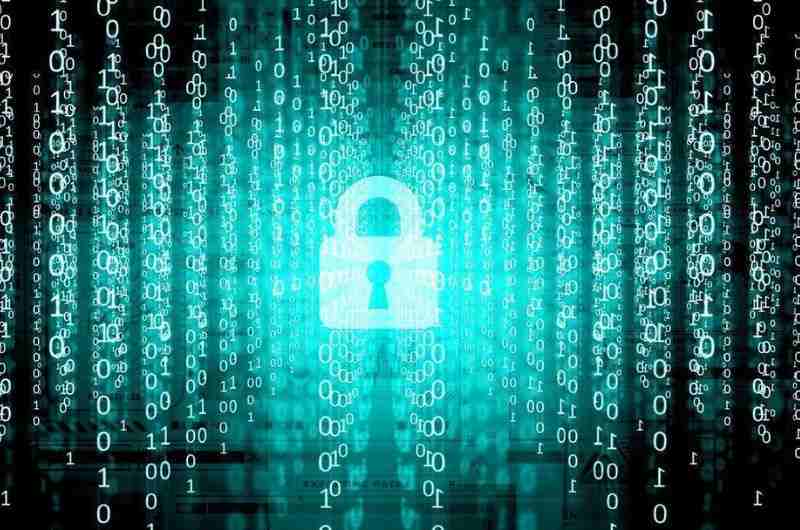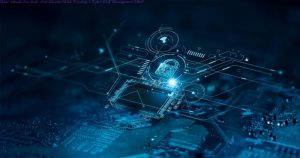The 5 Newest Cybersecurity Tools Your Company Needs Right Now

The 5 Newest Cybersecurity Tools Your Company Needs Right Now
Cybercriminals constantly attack companies. Hackers seek new ways to steal data and money through ransomware, malware, or phishing programs. People who commit cybercrimes are just as tech-savvy as those who try to prevent them. The ever-changing cybercrime landscape has resulted in the regular circumvention of modern cybersecurity technologies. For this reason, it is more important than ever for companies to invest in advanced cybersecurity technologies. This blog post discusses five of the latest cybersecurity tools your business needs now!
Table of Contents
Why is it necessary for organizations to use the most recent cybersecurity technologies?
- Enhanced Protection Against Sophisticated Cyber Threats: The latest cyber security technologies are better able to detect and prevent advanced attacks such as zero-day exploits and targeted phishing attempts.
- Improved Data Security: Implementing modern cybersecurity technologies helps protect sensitive company and customer data from unauthorized access or theft.
- Reduced Risk of Financial Loss: Whether stolen funds or lost productivity due to a disrupted network, cyberattacks can result in significant financial losses for organizations.
- Meet legal compliance requirements: Many industries have specific regulations related to cybersecurity, such as B. HIPAA for healthcare companies and PCI DSS for organizations that process credit card information. The latest cybersecurity technologies can help meet these compliance requirements.
- Better Reputation and Customer Confidence: Customers want to do business with companies they can trust to protect their personal information adequately. Implementing the latest cybersecurity technologies can help improve a company’s reputation and increase customer trust.
The Top 5 Newest Technology for Cybersecurity
There have been countless attacks on infrastructure sites vital to our society, including health facilities, water supply systems, and power grids. Recently, there has been a recent increase in ransomware and malware attacks on corporate networks.
Humans create technology and are the only ones who can control that technology. No cybersecurity system is and can ever be perfect. However, organizations must constantly identify and adopt new technologies to strengthen cybersecurity. Here are some of the most popular advanced cybersecurity technologies:
1. Artificial Intelligence (AI) and Machine Learning:
Artificial intelligence and machine learning can significantly improve an organization’s ability to detect and prevent attacks by analyzing large amounts of data, spotting patterns or anomalies, and automatically responding to threats. How to apply AI to cybersecurity? AI is similar to two-factor authentication because it uses 2-3 parameters to confirm a user’s identity. Along with the need for layers of authentication and information, this is where AI comes into play. On the other hand, deep learning enables analysts to spot potential threats by analyzing data sources such as transaction logs, real-time communications, and other records.
2. Cloud Access Security Brokers (CASB):
A CASB is a security measure that sits between users who want to access cloud-based applications and the network they want to use. They apply all data security policies and practices related to authentication, authorization, alerting, and encryption. CASBs improve an organization’s ability to see who is accessing their data and how it is being secondhand across different devices.
CASB uses a combination of prevention, surveillance, and mitigation tactics to defend the organization. The CASB can examine user activity, alert administrators to potentially malicious activity, block the installation of malware or other threats, and detect compliance violations. CASB can also help organizations by examining firewall or proxy logs to understand cloud application usage and identify abnormal behavior.
3. User and Entity Behavior Analytics (UEBA):
UEBA uses big data analytics and machine learning to identify abnormal user behavior, which can help detect insider threats or compromised accounts. Many companies use this technique to target ads and social media content to relevant demographic groups. For example, if a user’s device is transferring more data than usual, it could be a sign of a potential cybersecurity issue. Recently, the use of behavioral analytics for systems and user devices has increased.
4. Multi-Factor Authentication (MFA):
MFA adds a layer of security by requiring multiple verification methods such as a password, personal identification number (PIN), or biometric data to gain access to a system or account. Intel made a breakthrough in this area by introducing the sixth-generation vPro chips. These user authentication chips aim to change how “authentication security” works by being built into the hardware. By using multiple authentication levels and methods at the same time, these have great potential.
5. Blockchain Cybersecurity:
The blockchain is a database that allows for secure and tamper-proof record keeping. It consists of an ever-growing list of records called blocks. It was mainly used for financial transactions but can also be helpful in cyber security. One use could be storing digital certificates and managing the exchange of sensitive information with more excellent safety. Another potential application is using the blockchain as a decentralized authentication system to verify user identities without relying on a central authority.
Also read: White Space In UX Design
Also read: Hard Skills That Will Shape Your Career In Cybersecurity







